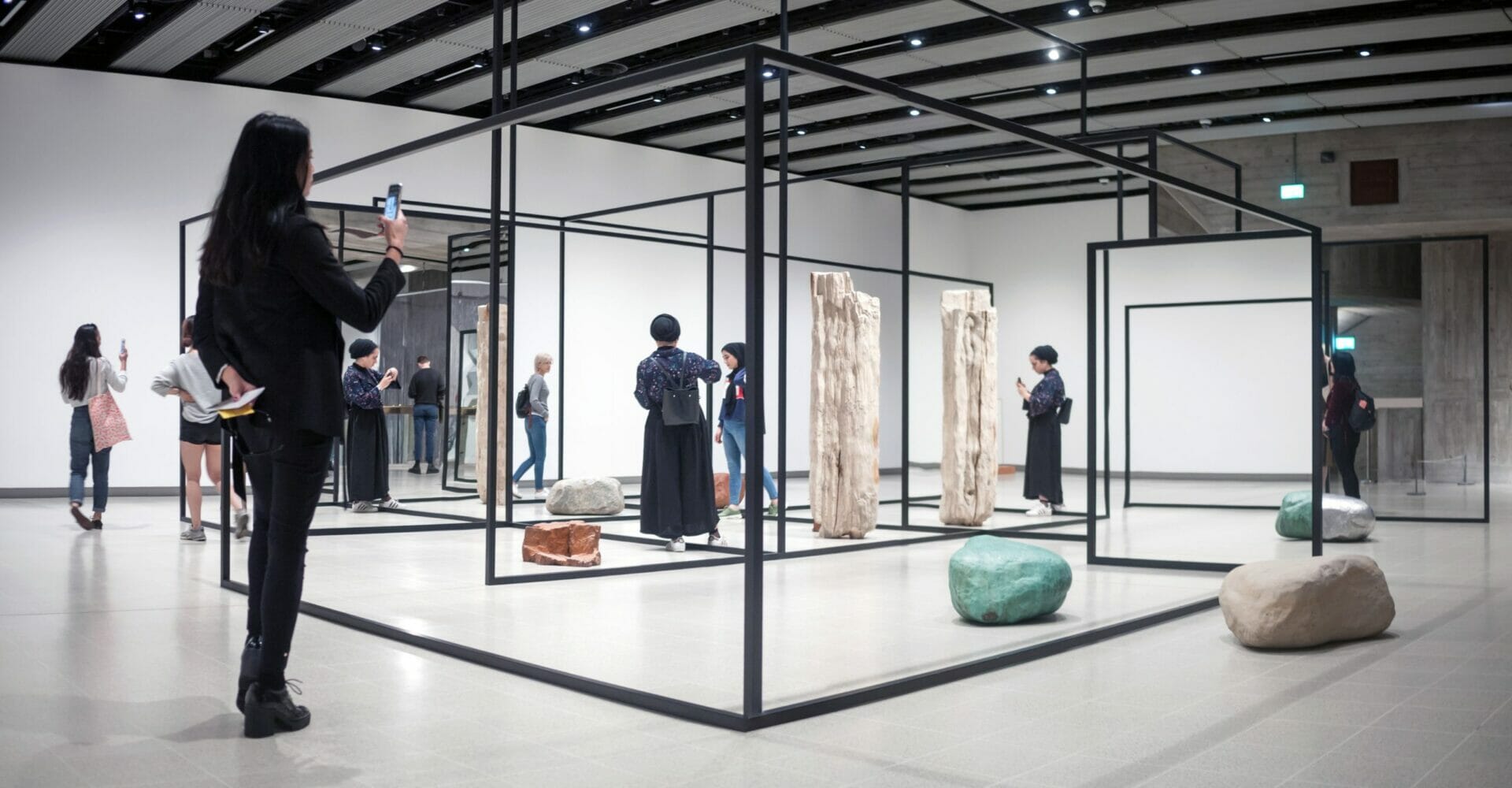
Ambient 1: Music for Airports | A sonic field to explore
Artist
Year
Tracks
Runtime
Genre
Label
When the British composer Brian Eno entered the Cologne-Bonn Airport, one Sunday morning in the mid-70s, he could not expect that soon he would get the idea of his life. Frustrated by the never-ending wait, he began thinking of an album designed for the place. A few years later, in 1978, he published Ambient 1: Music for Airports.
While the central dimension of music fruition is typically time, the album, a soothing combination of dreamy synths and wordless vocals, was conceived to be enjoyed in close relation with space. Because of this, and because of its name, it passed into history as the foundational stone of ambient music.
Sound in time, sound in space
Eno’s intuition did not stem out of the blue. Composers had been reflecting on the spatial dimension of music for half a century. It is the case of French composer Erik Satie’s furniture music, or that of John Cage’s 4’33 composition, a performance of complete silence intended to capture the sound of a venue. But in the 70s, the rise of synthesizers laid the perfect ground for the genre to flourish.
Eno’s merit in this process is twofold. First, he came up with a name, ambient, which made a clear philosophical stance. In his own words “it’s a field, and you wander sonically over the field. […] There’s not somebody in that field leading you around.” Second, he laid the basis for this experimentation to cross over with pop: through the 90s, most electronic musicians, such as The Orb or Aphex Twin, can claim his influence.
His impact grows evident when thinking of the rise of loops: Eno’s experimentation in this field dates back to the early 70s. Since the No Pussyfooting‘s publication in 1973, he could confidently convert simple musical phrases into long, elaborate compositions.
Over that period, Eno made of minimalism a real trademark, and Ambient 1: Music for Airports was the pinnacle of this process. In the first track, 1/1, a short piano phrase culminating in its major chord plays for seventeen minutes straight. Still, the incursions of synthesizers make it varied enough to hold the attention and be absorbing. It is so calming it could play endlessly, but the listener will not get bored.
Non-hierarchical music
Eno’s initial purpose was to create music to be “as ignorable as it is interesting“. His listeners can decide where in the field they should bring their attention and ultimately find their way through it. For how it was conceived, this shift resembles a political act, as it embraced a non-hierarchical form of composition: here, listeners hold a good deal of control over what they are listening to. There is no path to follow but an immense land to get lost in, and the landscape is always changing.
Tag
Buy a ☕ for Hypercritic









